Thousands of Crown Heights residents and guests from around the world packed into 770 Eastern Parkway for the two days of Rosh Hashanah, for 48 hours of uplifting davening, mivtzoim, Tehillim and farbrenging, drawing chayus for the new year of 5782.
By Anash.org reporter
Photos: Dovber Hechtman
Thousands of Crown Heights residents and guests from around the world packed into 770 Eastern Parkway for the two days of Rosh Hashanah, for 48 hours of uplifting davening, mivtzoim, Tehillim and farbrenging, drawing chayus for the new year of 5782.
From the early hours of the morning, the main shul of 770 started filling up with hundreds of people who came to recite Tehillim before davening, claim a good ‘spot’, or join one of the early minyanim.
The first minyan of the early minyanim began at 7:00 AM for a group that was walking to NYU Hospital to sound the shofar for hospital patients. They were joined by many others who were also walking a long distance for mivtzoim.
By the time the main minyan began at 10:00 AM, the Shul was already full to capacity. For the thousands of guests who traveled to the Rebbe for Rosh Hashana, even securing a good standing space proved to be a challenge. Gabbai Rabbi Yosef Losh made sure that all walkways were kept clear, and confiscated a large number of milk crates, folding chairs and other items individuals brought into 770.
Leading the tefillos were Rabbi Zalman Goldstein as chazzan for shacharis and Rabbi Eliyahu Eidelman as chazzan for musaf. Following krias haTorah, the thousands of locals and guests began preparing for tekias shofar, with Rabbi Sholom Tenenbaum serving as baal tokea, and Rabbi Yosef Braun serving as makri. Yet, as the brachos ended, a long silence ensued. As in previous years, Rabbi Tenenbaum was using a shofar that had used by the Rebbe for blowing shofar for a number of years. Yet, despite his best efforts, no sound came out of the Rebbe’s shofar, and after many minutes of trying, Rabbi Tenenbaum switched to a personal shofar. A similar scene repeated itself during musaf, when Rabbi Tenenbaum only managed to blow one sound with the Rebbe’s shofar, and continued with his personal one.
The large number of guests also brought a large number of kohanim, and the Rebbe’s bima was overpacked during birkas kohanim, requiring Hatzalah to be called a number of times. To prevent a repeat of that scene, a second area was in front of the aron kodesh was prepared for the kohanim on the second day, to allow them to spread out.
A large crowd also joined Tefillos held in the Tishrei tent on the street outside 770. The 200 foot long fully air-conditioned tent provided a comfortable place to daven for the crowd who was unable to get into the packed shul.
Following mincha, thousands passed through the courtyard of 770 to recite tashlich near the designated spring, with women reciting tashlich near a pool set up on the balcony. Both locations had many fish, arranged by Rabbi Elozor Raichik. To allow the crowd to move through smoothly, Shmira arranged for an exit opening to Union St., preventing much of the crowding that happened in previous years.
The second day of Rosh Hashana, began much like the first, with early minyonim for mivtzoim-goers, and hundreds of bochurim heading out to blow shofar around NYC. A unique feature of the second day was a large number of chassidim from Boro Park, who stood out with their levush. As davening commenced, Rabbi Mendel Blau served as the chazzan for shachris, and Rabbi Yosef Engel was the chazzan for musaf. Rabbi Tenenbaum blew the shofar on the second day as well, this time sounding all the tekios from the Rebbe’s shofar.
On both days of Rosh Hashana, beginning at 10:00 AM, Shofar was blown every hour on the hour, for anyone unable to attend shul, at the corner of Kingston and Eastern Parkway near the big dreidel. The hourly shofar was arranged by Rabbi Yosef Yitzchak Kratz, manager of 770.
Immediately after davening on both days, hundreds of bochurim were dispatched to hospitals, senior centers, nursing homes, busy intersections, and apartment buildings to blow shofar for local yidden. Packets were prepared before yomtov with detailed instructions and printed maps with directions to each destination, all arranged by Rabbi Menachem Gerlitzky in conjunction with Tzach.
Rosh Hashanah concluded with a farbrengen, with a large crowd packing into 770 to sing the niggunim of the Baal Shem Tov, Maggid, and the seven Chabad Rebbeim, thus bridging the gap between the Yom Tov and the coming days, bringing the inspiration of Rosh Hashanah to all the days of the coming year.
G’mar chasima tova!

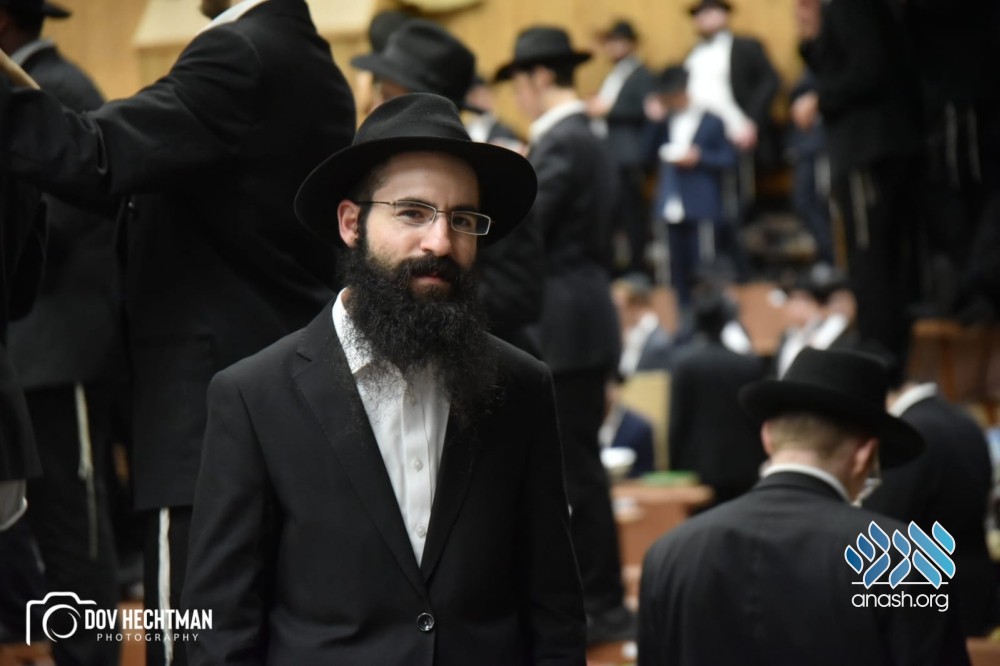

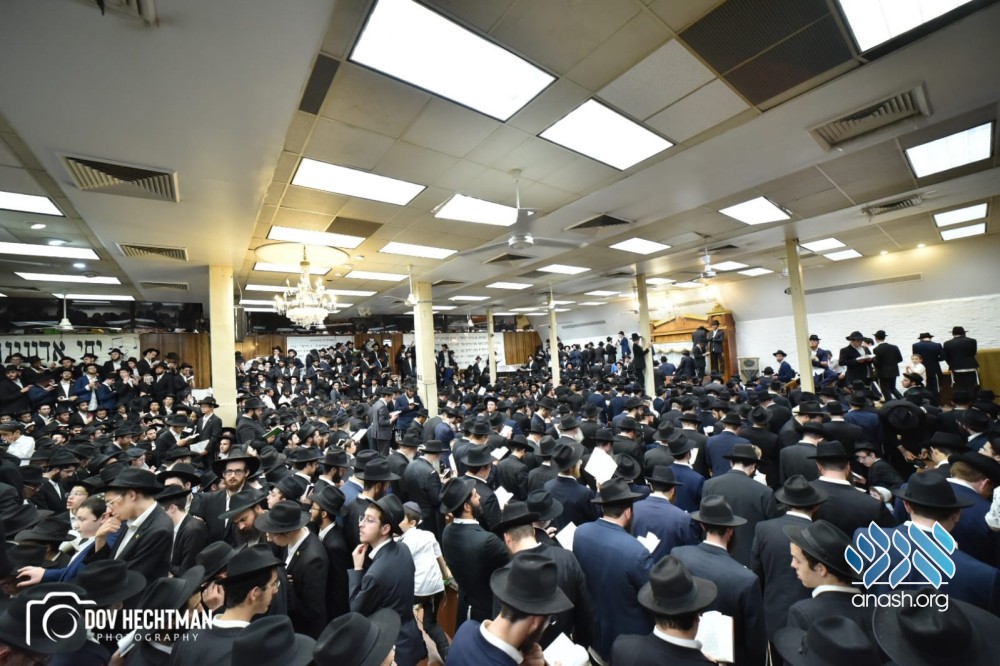
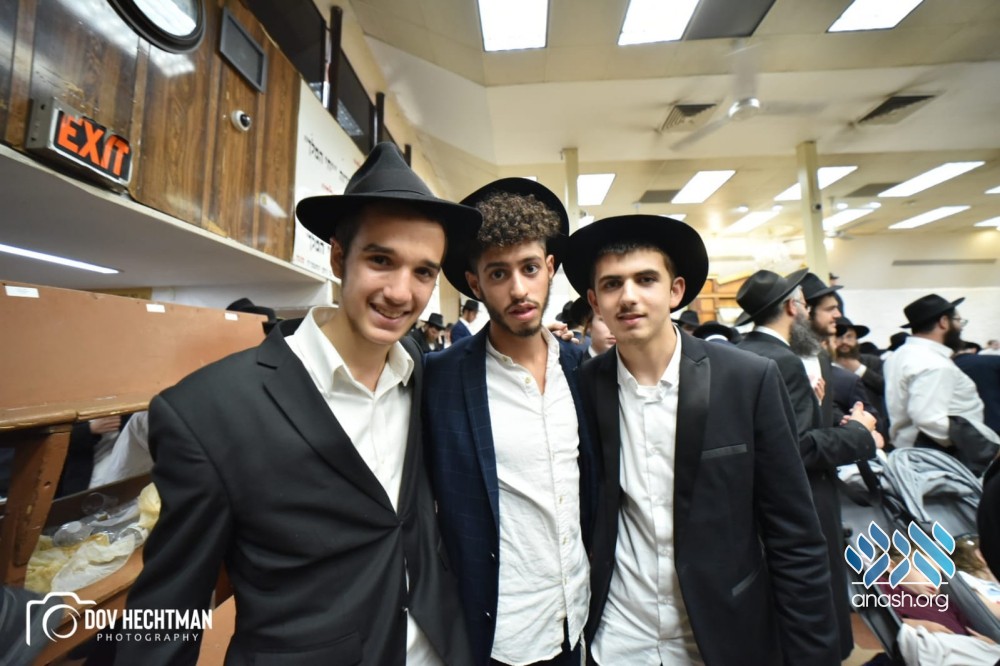
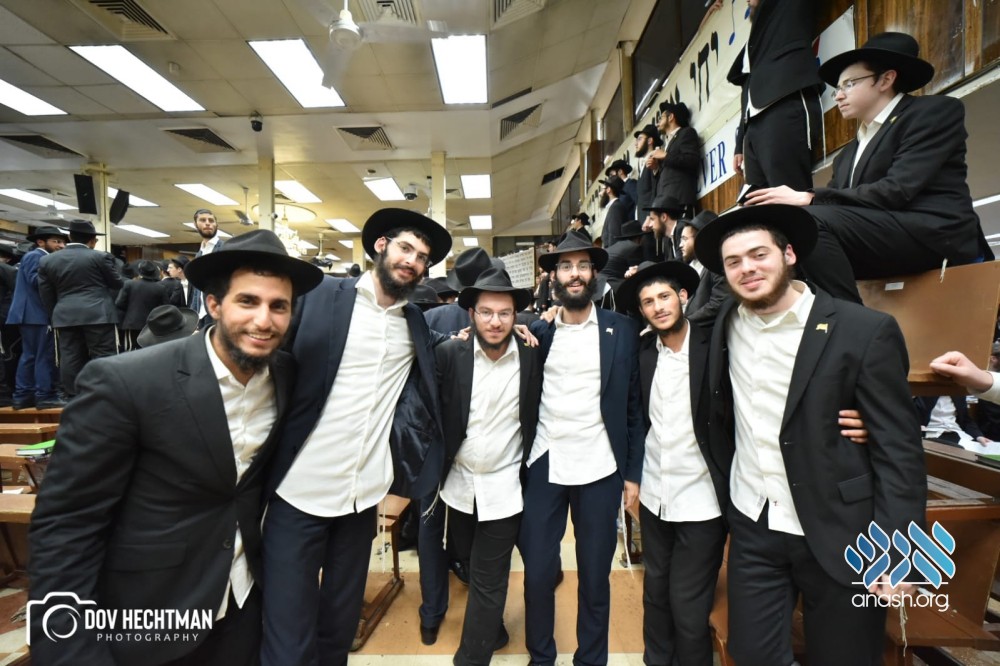

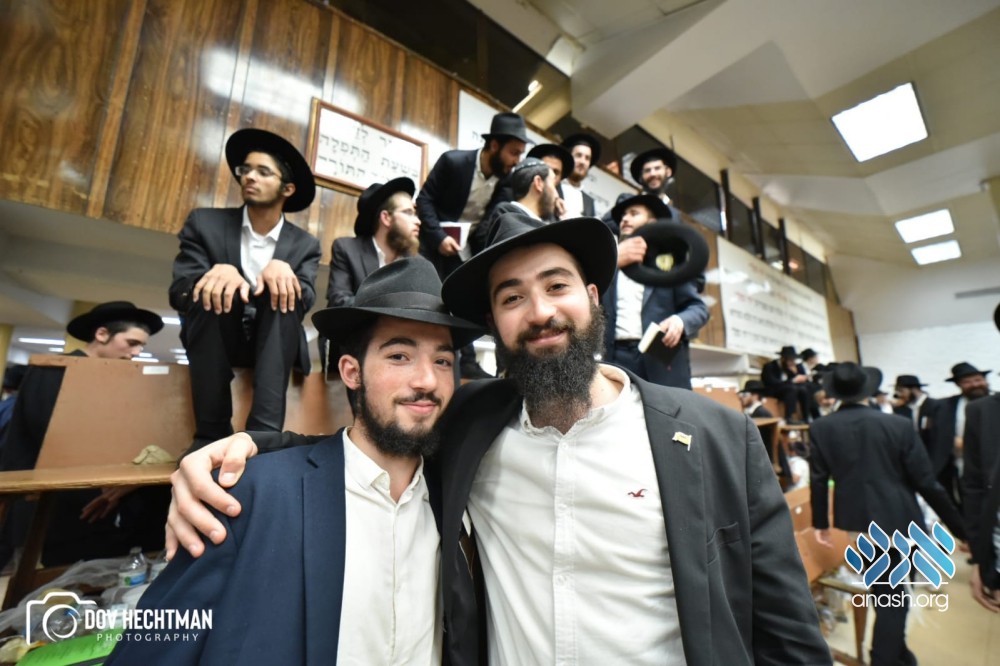


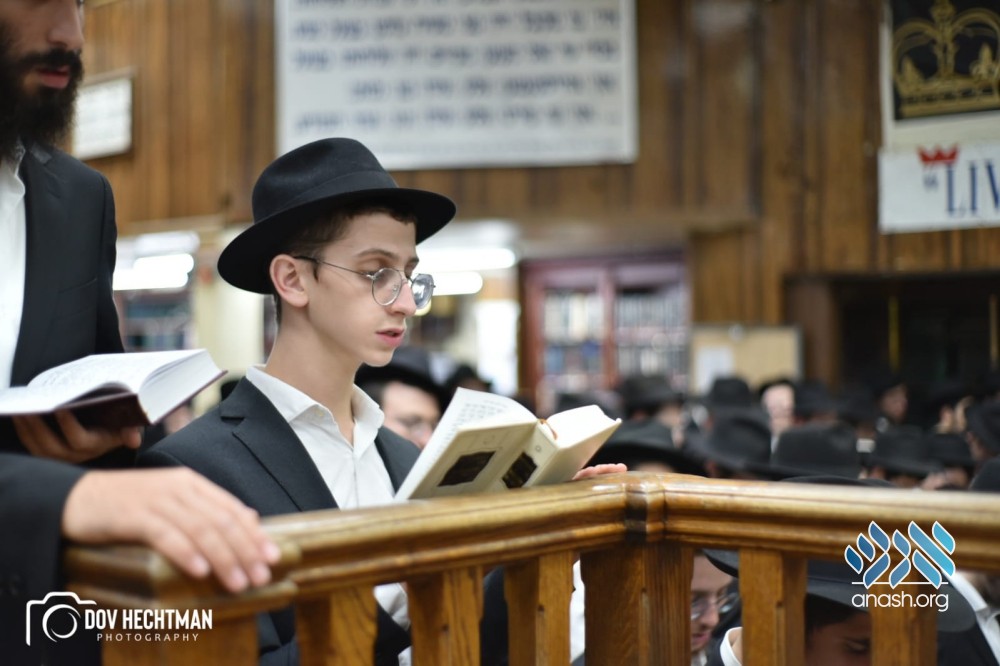


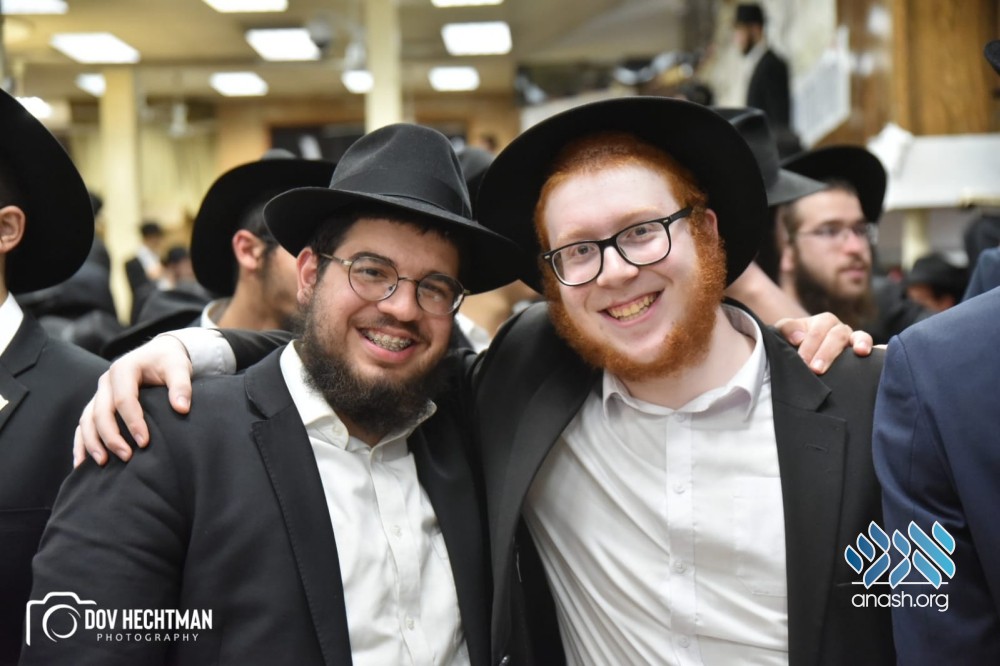

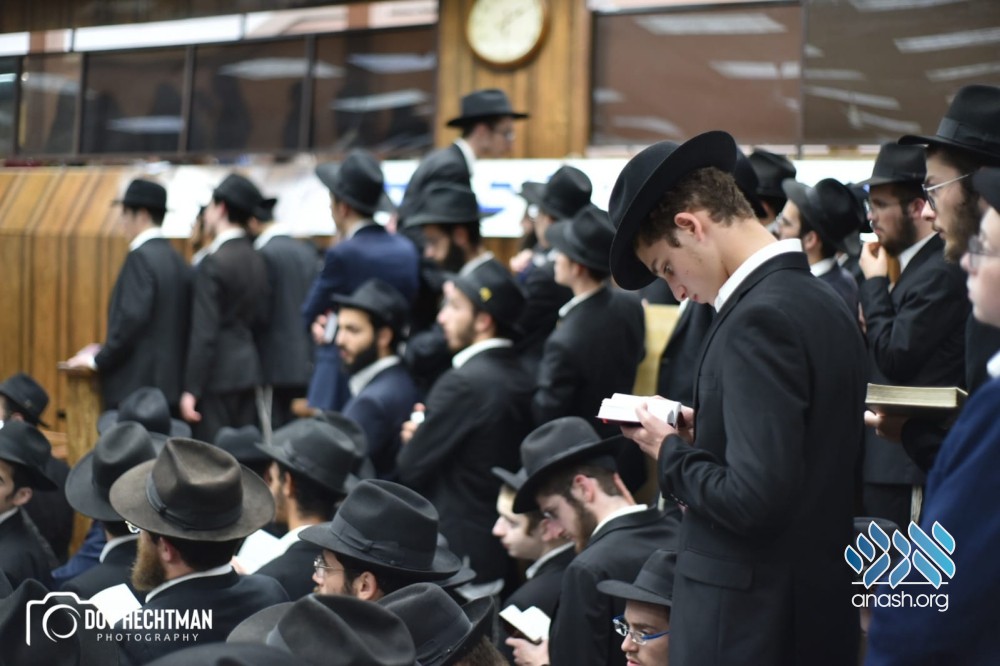

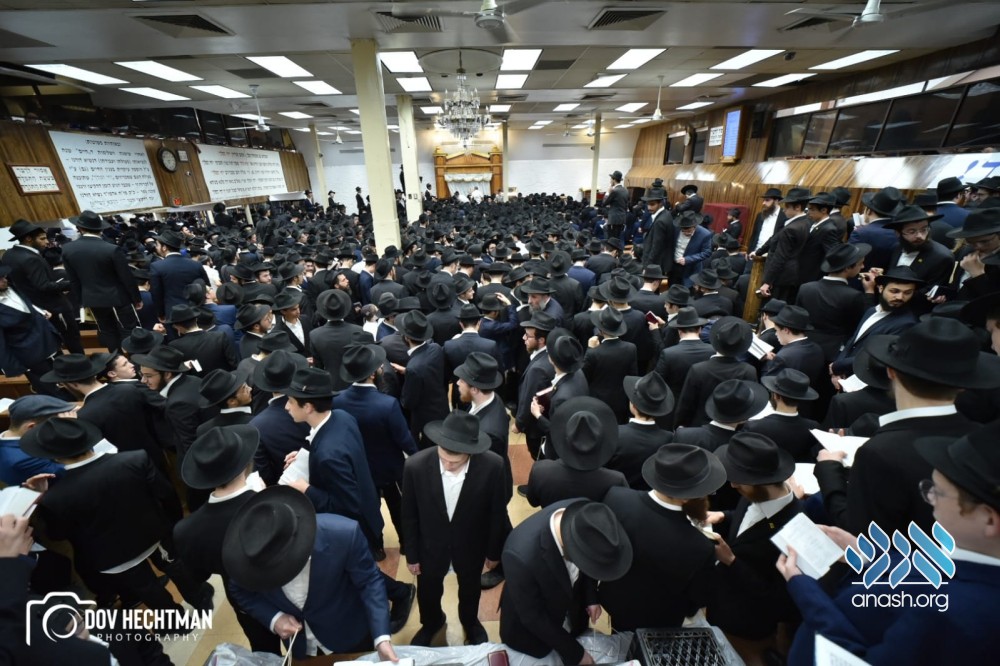


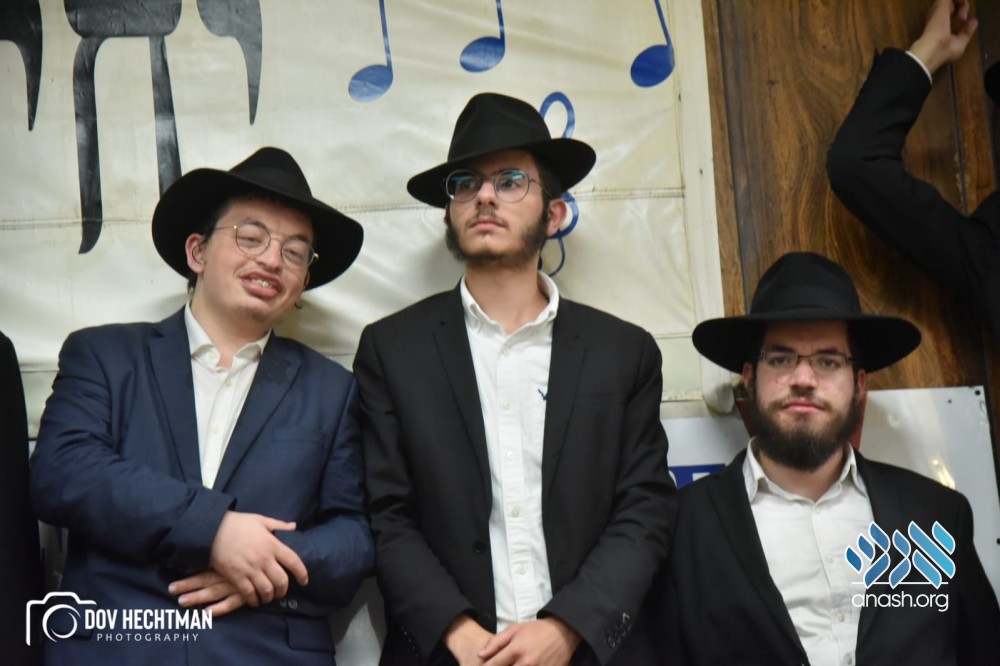
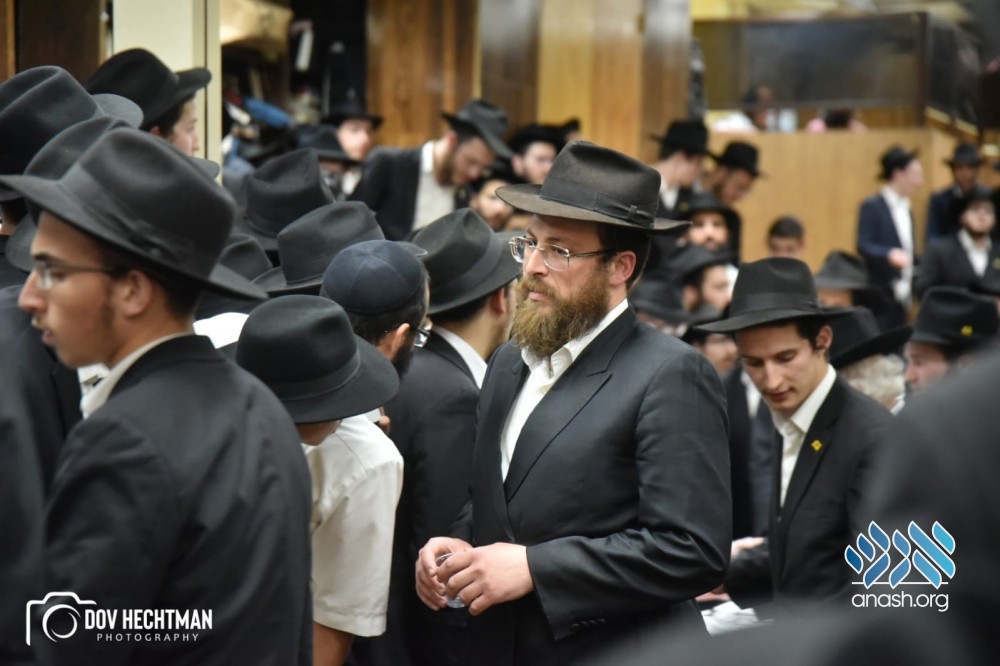


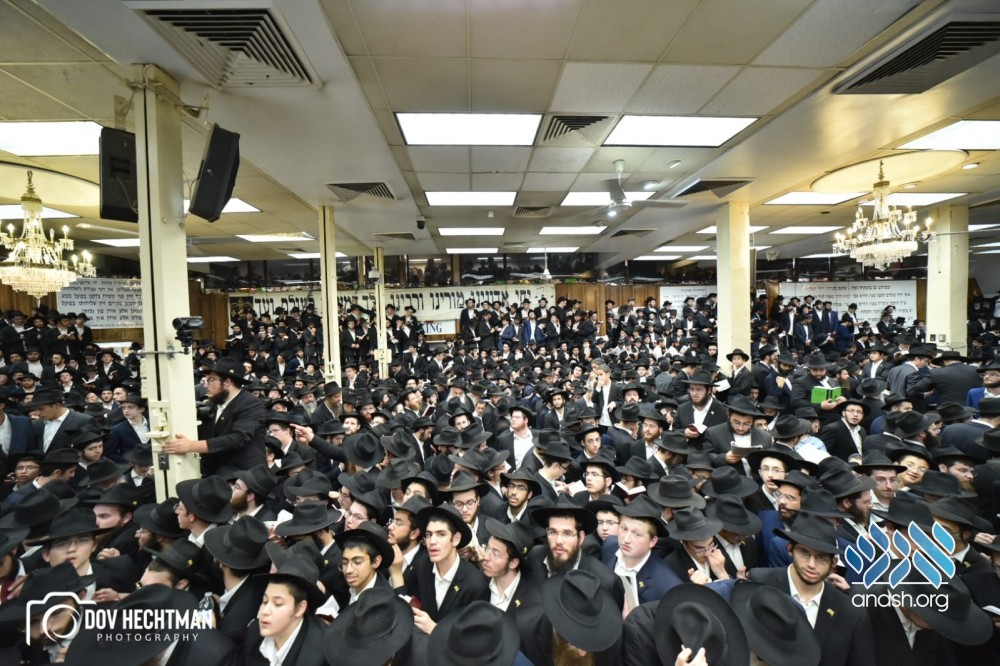

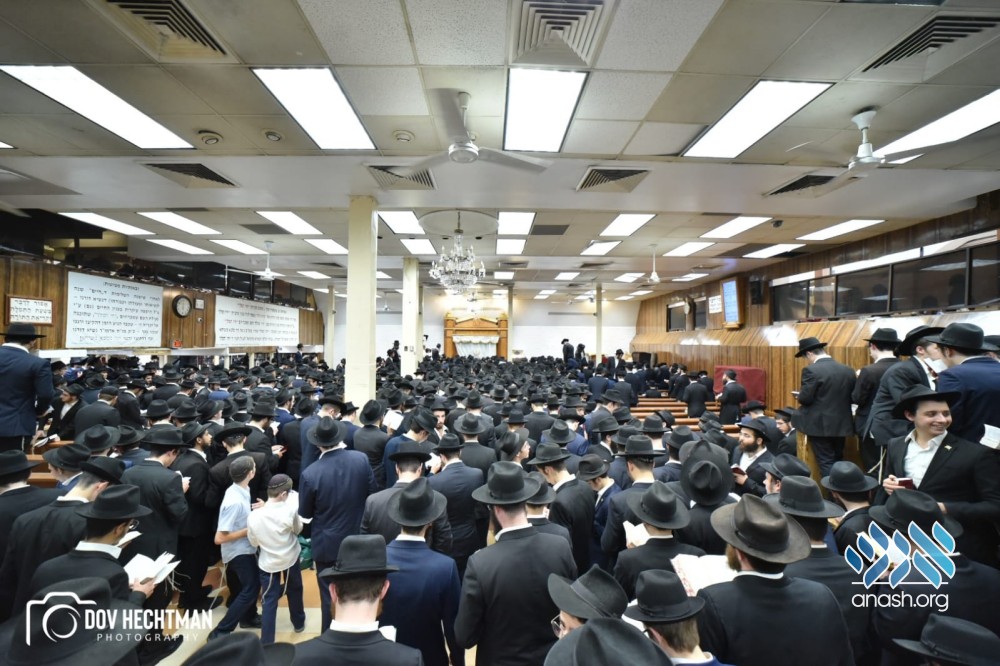
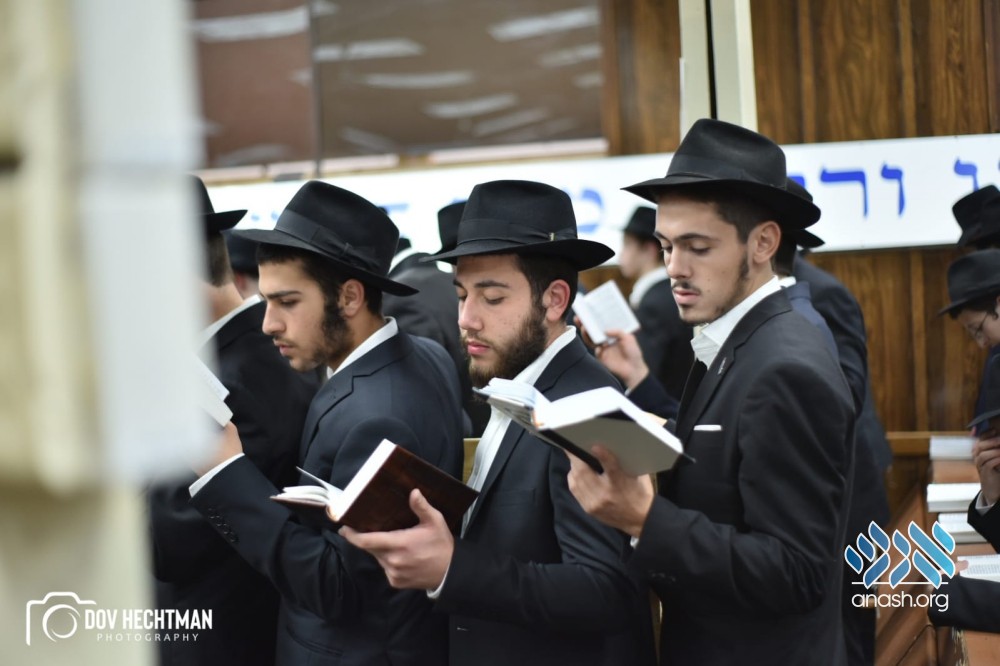
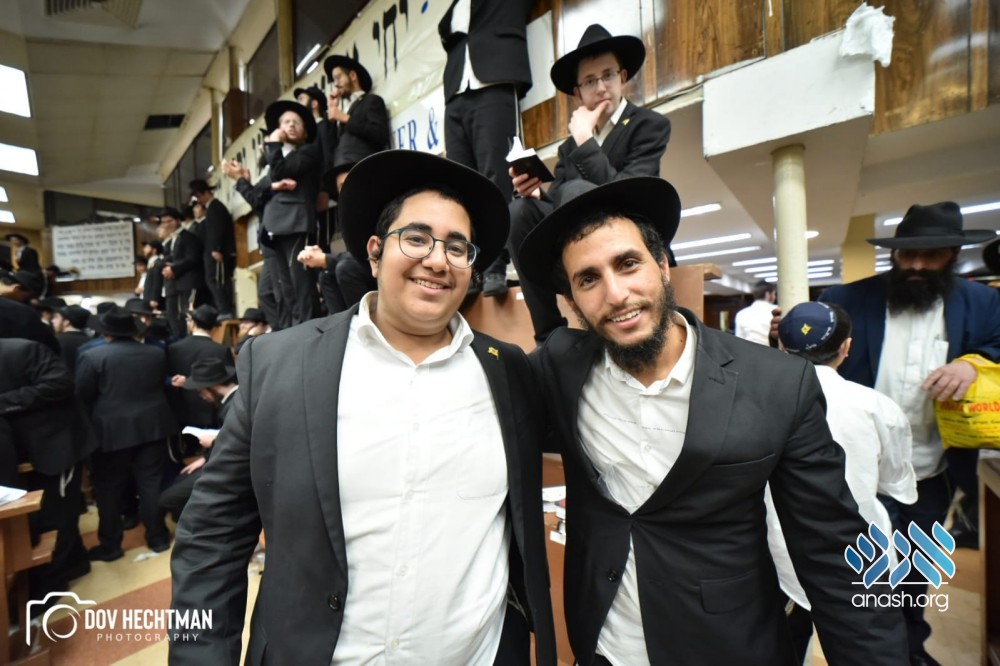
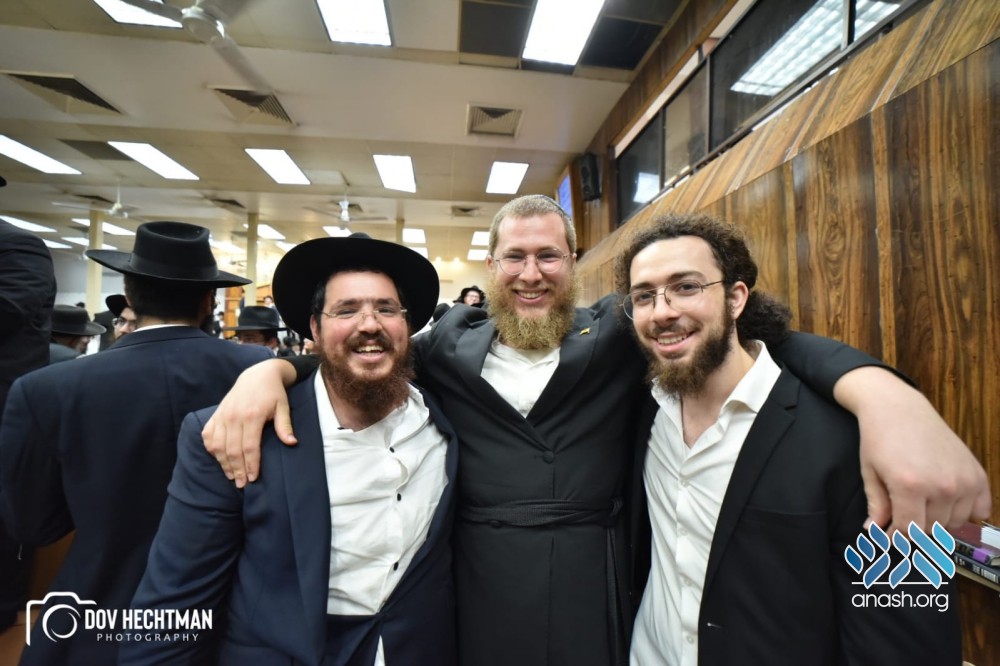


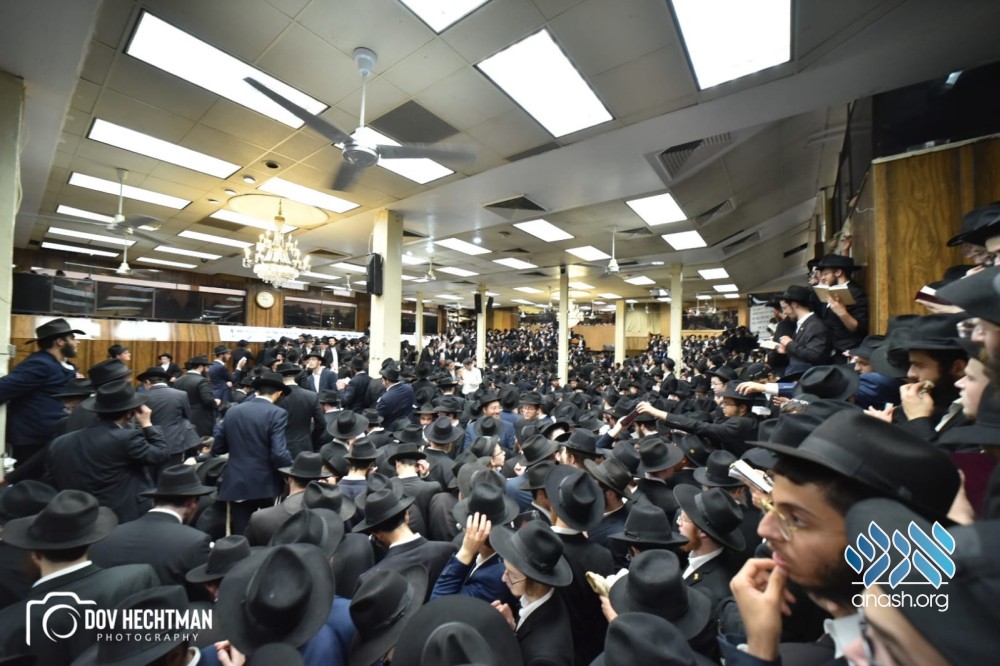
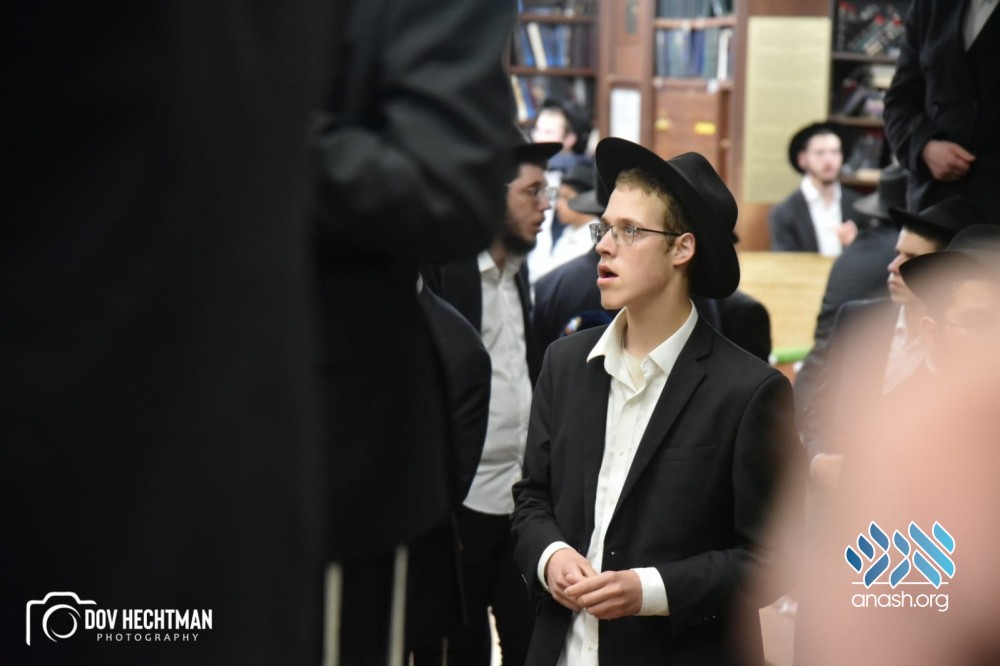

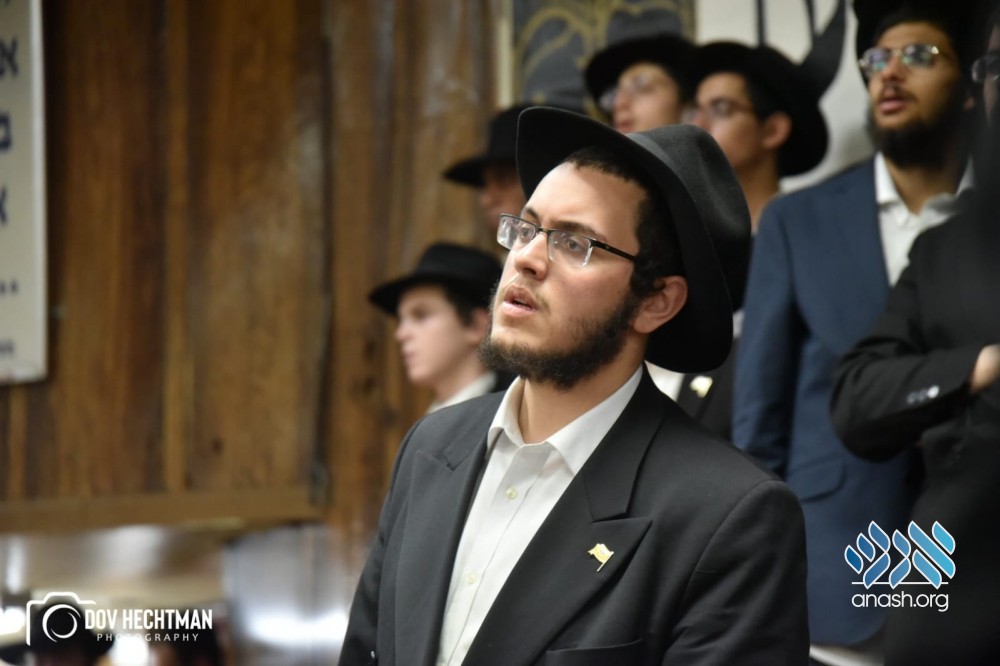

Discussion
In keeping in line with the Rabbonim's policies for websites, we do not allow comments. However, our Rabbonim have approved of including input on articles of substance (Torah, history, memories etc.)
We appreciate your feedback. If you have any additional information to contribute to this article, it will be added below.